Film Slitting Machine Selection Guide: Key Parameters and Performance Comparison
When purchasing a film slitting machine, it is necessary to comprehensively consider the material characteristics, production needs and technical parameters. Here's a detailed guide to how key parameters compare to performance to help you match your needs exactly:
First, comparison of core purchase parameters
1. Slitting width range
• Narrow web slitting (50mm-500mm):
It is suitable for high-precision fields such as label film and electronic protective film, and needs to be equipped with high-rigidity guide rails.
• Wide slitting (500mm-3000mm+):
It is suitable for packaging film and industrial base film, and the accuracy of the guiding system is required to be ≤± 0.3mm.
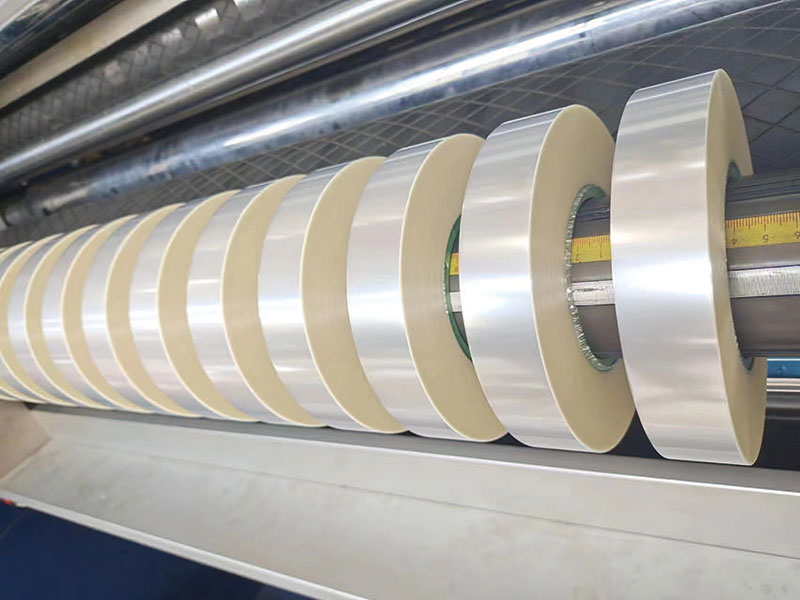
2. Slitting speed
| Type of material | Typical speed range (m/min) | Driver configuration requirements |
| CPP/PE packaging film | 100-300 | AC inverter motor |
| PET optical film | 50-150 | Servo motor (closed-loop control) |
| Lithium battery separator | 20-80 | Dual servo + tension sensors |
3. Tension control
• Magnetic particle brake: low cost, suitable for low speed (<100m/min) slitting, but high heat generation.
• Servo tension system: the accuracy can reach ±0.1N, suitable for high-speed slitting (such as BOPP film above 300m/min).
• Pneumatic brake: used for elastic film (such as PE stretch film) to prevent material deformation.
4. Cutting method
| type | Applicable Materials | The quality of the incision | Maintenance costs |
| Round knife shear | PET/CPP/aluminum foil | Burr-free, right-angle cut | high |
| Razor slitting | Soft PE/PP | Slight indentation | low |
| Laser slitting | High value-added films (e.g. PI films) | No contact and zero pollution | Extremely high |
5. Guiding system
• Ultrasonic testing: suitable for transparent film, with an accuracy of ± 0.2mm.
• CCD vision: should be aligned with the printed film pattern, the accuracy ± 0.1mm.
• Pneumatic edge tracking: economical for low accuracy requirements.
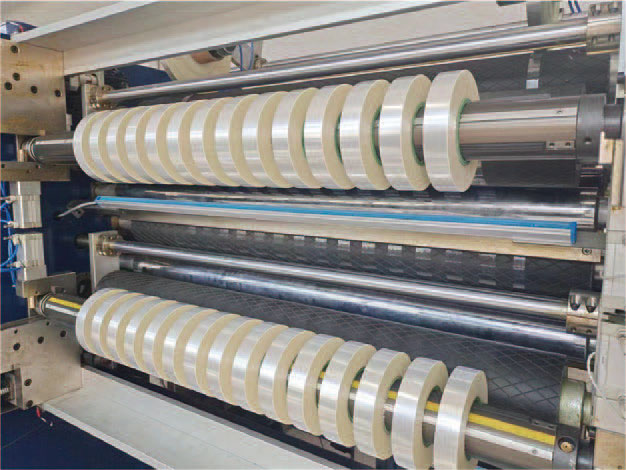
Second, performance comparison dimension
1. Accuracy class
• Industrial grade: slitting width error ± 0.5mm (such as garbage bag slitting).
• Precision grade: ±0.1mm (e.g. MLCC release film).
• Ultra-precision grade: ±0.02mm (constant temperature workshop required, such as optical film).
2. Degree of automation
• Basic type: manual feeding + mechanical metering, suitable for small workshops.
• Semi-automatic: PLC control + automatic tool change, medium and mass production.
• Fully automatic: robot loading and unloading + AI defect detection, 24-hour continuous production.
3. Material adaptability
• Elastic film: It needs to be equipped with a pre-stretching device (such as POF shrink film).
• Composite film: anti-delamination design (e.g. PET/AL/PE structure).
• Ultra-thin film (<10μm): Vacuum adsorption transmission anti-wrinkle.
Third, suggestions for matching application scenarios
1. Flexible packaging industry
◦ Recommended model: wide (1500mm) + round knife slitting, speed ≥ 200m/min, with automatic waste edge recycling.
◦ Case: Aluminized film slitting for food packaging.
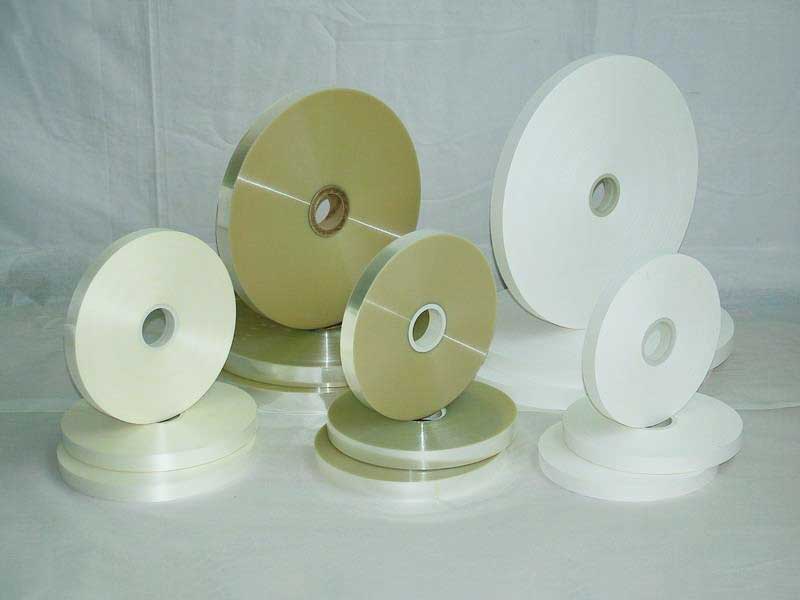
2. Electronic materials
◦ Key requirements: dust-free slitting chamber, static eliminator, accuracy ± 0.05mm.
◦ Typical equipment: servo tension + laser slitting (such as OCA optical adhesive slitting).
3. New energy film
◦ Special configuration: low-tension slitting (diaphragm tensile strength <100N/m²), copper and aluminum foil anti-metal chip design.
Fourth, the purchase of precautions
1. Trial cutting verification: Suppliers are required to provide on-site testing with their own materials to observe:
◦ Flatness of the end face of the film roll after slitting
◦ Winding tension stability (no daisy)
◦ Edge burrs/crystalline point generation
2. Energy Consumption Comparison:
◦ Conventional model: 15-30kW
◦ Energy-saving: inverter + energy recovery system (30% power saving)
3. Room for Upgrade:
◦ Whether to reserve an IoT interface (e.g., OPC UA protocol)
◦ Modular design (AOI detection can be added in the future)
Summary: Prioritize locking the parameter range according to material thickness, slitting accuracy and capacity demand, and then compare the stability and after-sales service of different brands (such as spare parts supply cycle). It is recommended to choose imported equipment in the narrow and high-precision field, and the domestic equipment for wide general membrane has more cost advantages.
Recent Post
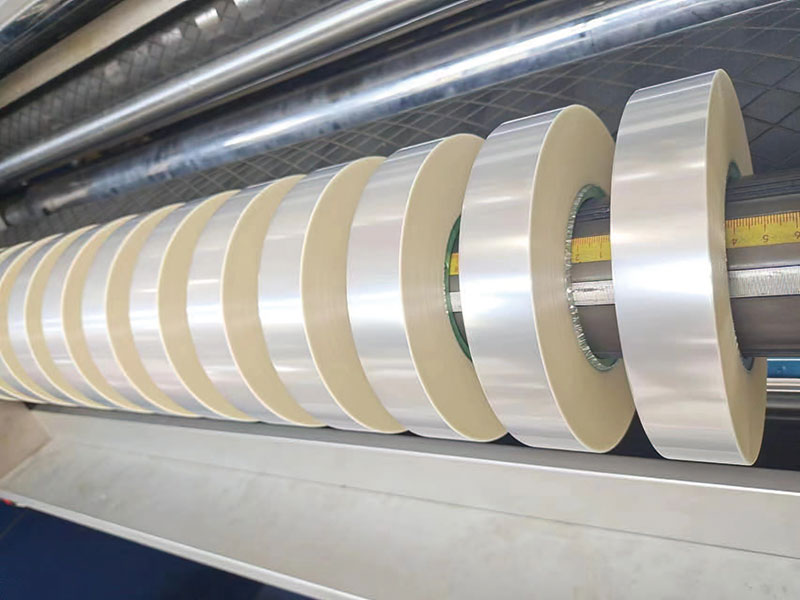 The central role of slitting machines in the production of PE, PP, PET films
The central role of slitting machines in the production of PE, PP, PET films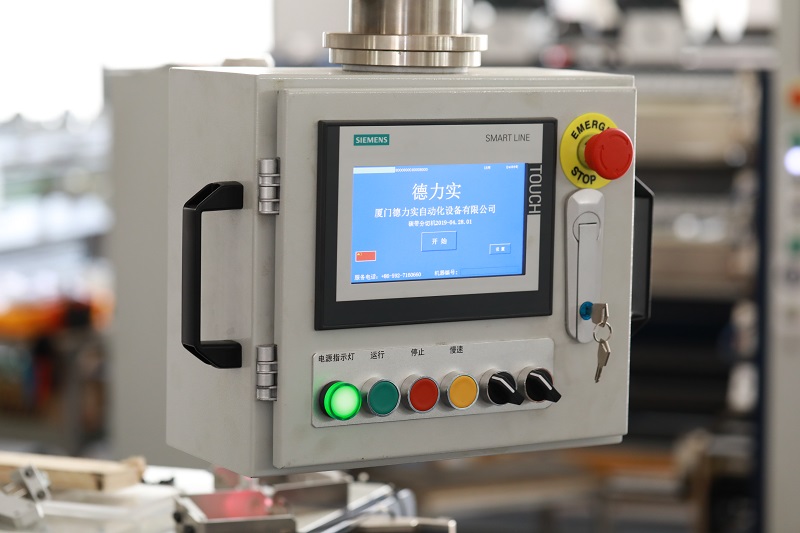 The era of intelligent slitting: how to simplify the operation of PLC control + man-machine interface?
The era of intelligent slitting: how to simplify the operation of PLC control + man-machine interface? How can film slitting machine improve production efficiency? One-button operation + high-speed slitting
How can film slitting machine improve production efficiency? One-button operation + high-speed slitting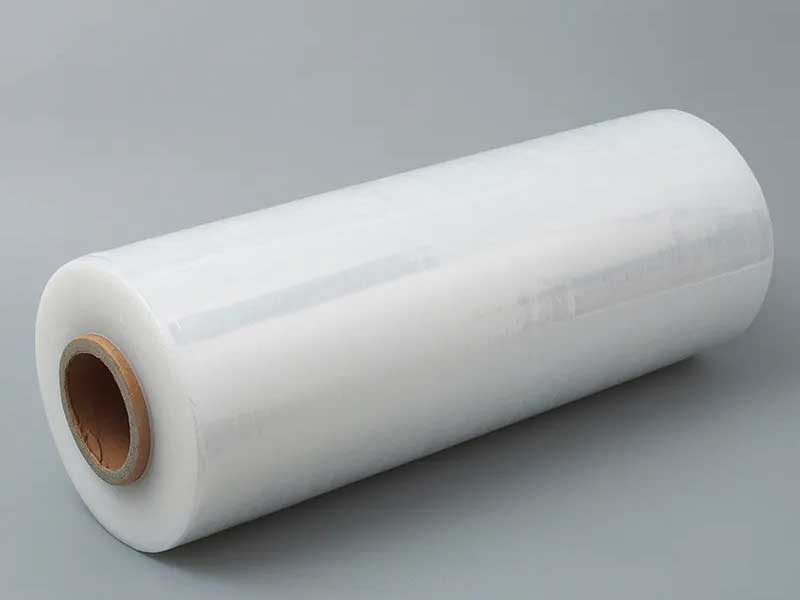 Ultra-thin films, composite films, metal films – the wide applicability of film slitting machines
Ultra-thin films, composite films, metal films – the wide applicability of film slitting machines
Related Product
 1400mm Hot Stamping Foil Slitting Machine
1400mm Hot Stamping Foil Slitting Machine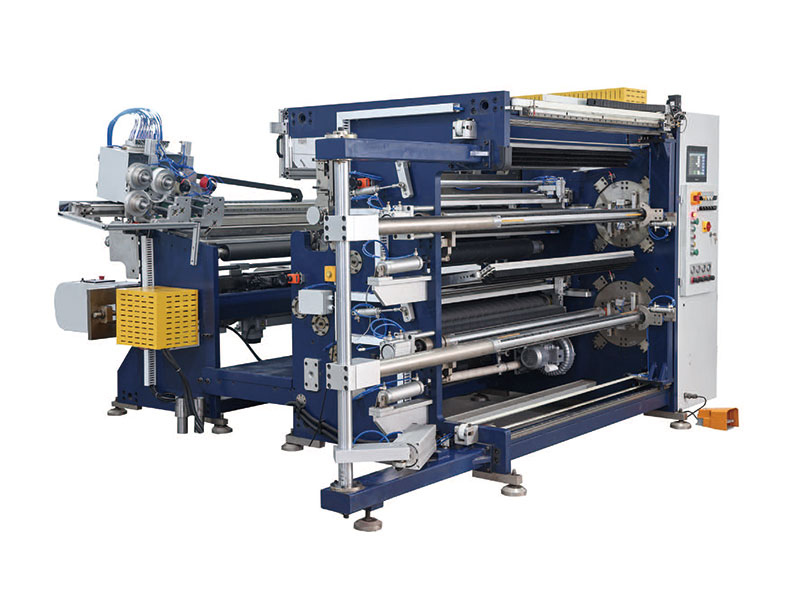 1350mm Hot Stamping Foil Slitting Machine
1350mm Hot Stamping Foil Slitting Machine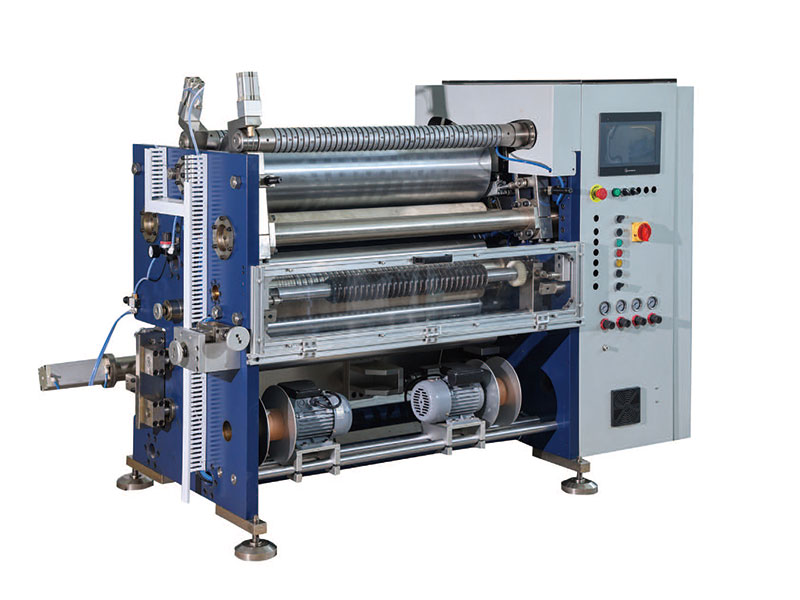 800mm Hot Stamping Foil Slitting Machine
800mm Hot Stamping Foil Slitting Machine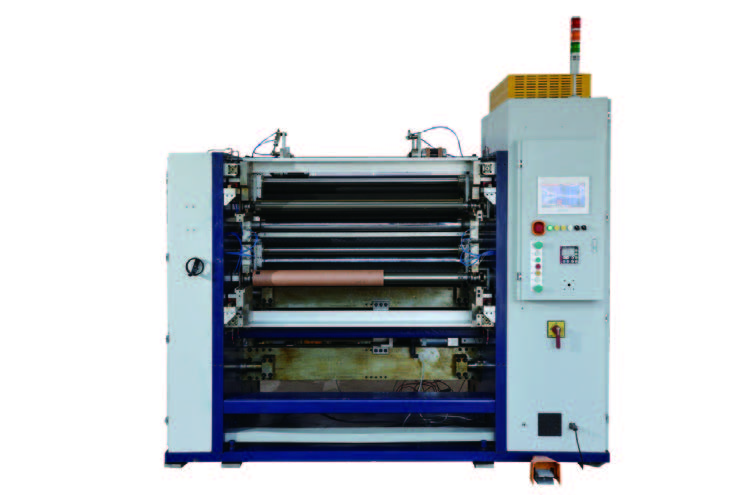 New Energy Ultra-thin Film Slitting Machine For Capacitive Film
New Energy Ultra-thin Film Slitting Machine For Capacitive Film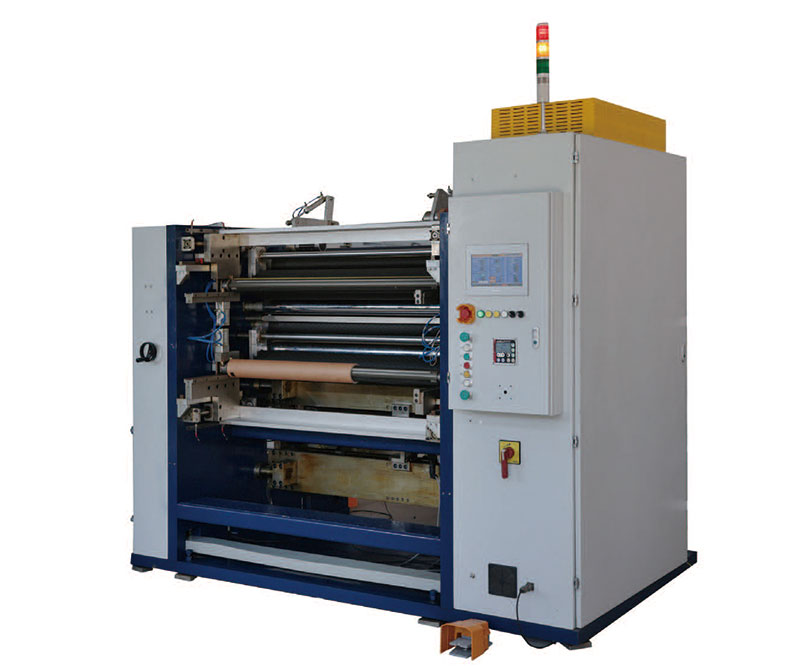 New Energy Ultra-thin Film Slitting Machine For MOPP
New Energy Ultra-thin Film Slitting Machine For MOPP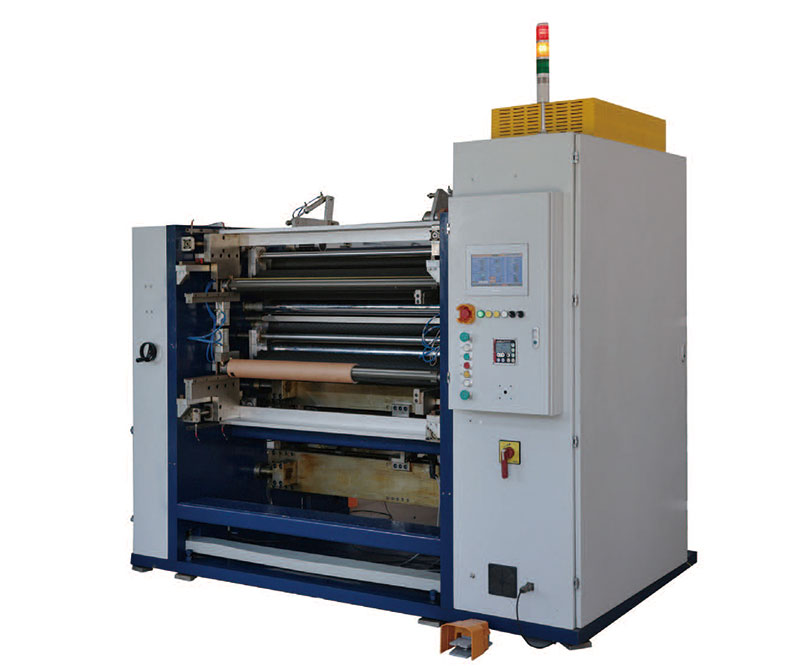 New Energy Ultra-thin Film Slitting Machine For MPET
New Energy Ultra-thin Film Slitting Machine For MPET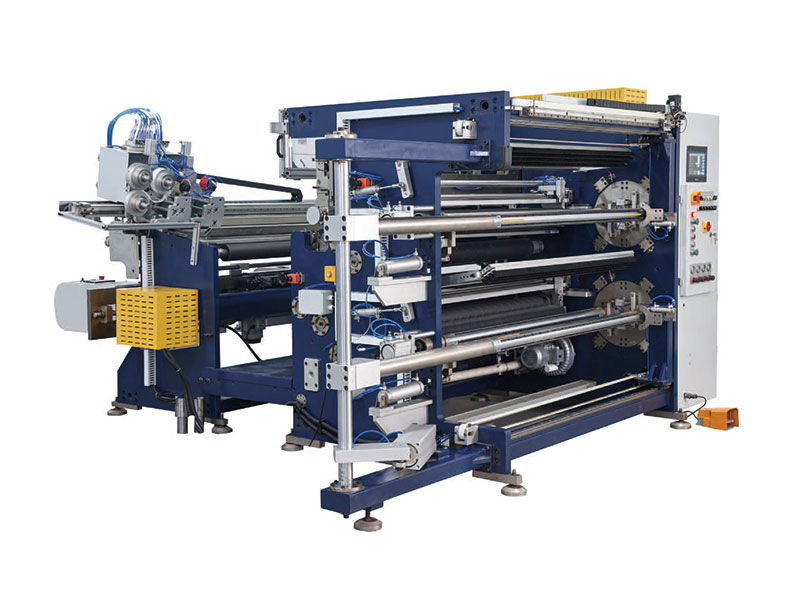 1350mm Bopp Film Slitting Machine
1350mm Bopp Film Slitting Machine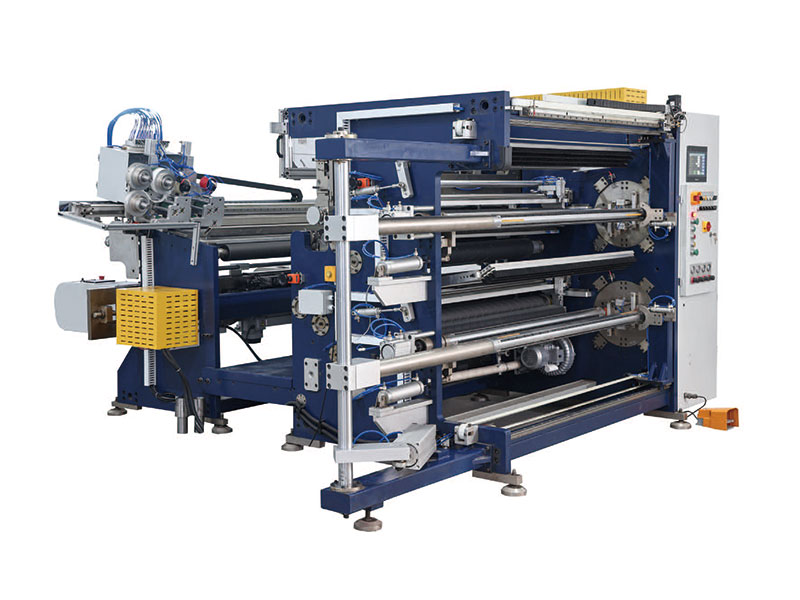 1350mm PVC Film Slitting Machine
1350mm PVC Film Slitting Machine


